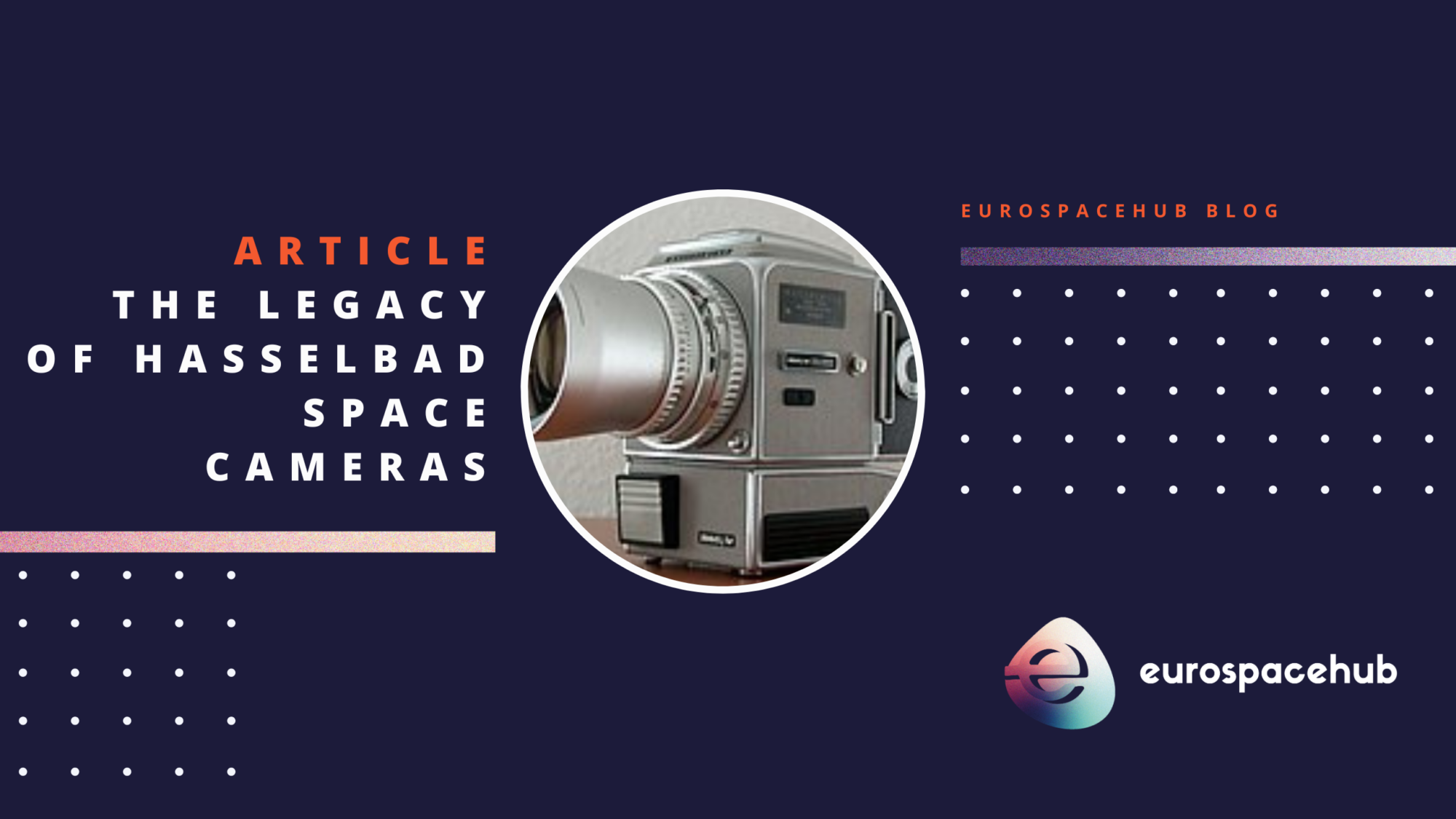Hasselblad cameras, renowned for their quality, played a crucial role in documenting NASA’s space missions. Modified for space conditions, these cameras were chosen for their remarkable lenses and magazines and have been the witness to some of the most iconic moments in space history.

The iconic “Blue Marble” photo, as pictured below, was captured using a 70-millimeter Hasselblad camera with an 80-millimeter Zeiss lens.

Perhaps the most famous photograph taken with a Hasselblad camera is the “Earthrise” image during the Apollo 8 mission in 1968. This breathtaking photo captured our home planet rising above the lunar surface, forever changing the way humanity views Earth.

Throughout subsequent Apollo missions, including the historic Apollo 11 moon landing, Hasselblad cameras were instrumental in documenting the lunar landscape and the activities of astronauts Neil Armstrong and Buzz Aldrin.
Over the decades, Hasselblad has continued to evolve its space cameras, introducing newer models with advanced features to meet the demands of modern space exploration.
Notably, 11 Hasselblad cameras remain on the lunar surface, contributing to the enduring legacy of these cameras in space exploration.
The Hasselblad XCD series represents the latest advancement, offering mirrorless digital cameras that combining technology with the iconic design that has defined Hasselblad for decades. These cameras are compact, lightweight, and boast impressive image quality, making them well-suited for the challenges of contemporary space photography.

